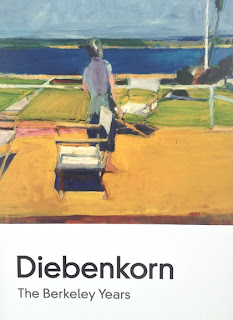I've never liked the feel of acrylics, but I'm beginning to see that the quality of acrylic colors has greatly improved and there is now a dizzying selection of mediums and gels and pastes and other additives available to keep things interesting. That said, I typically splash some paint around and quickly get frustrated because the acrylic colors don't leave behind the kind of brush strokes I like. The paint layer can look flat and lifeless. I've yet to figure out which gels to add to get the textures I want. Next week I plan to attend a demonstration hosted by the Sennelier company (which makes beautiful printing inks and has recently released a line of equally beautiful acrylic colors), to see what their colors are like and to get some hints. We'll see what comes of that.
I've long been attracted by the idea of printmaking using paper cutouts as the printing blocks, but never wholeheartedly pursued the idea. It's largely because I don't like the look of the shapes I cut with scissors (I'd like to be able to convert designs I make on the computer to paper cut-outs, but don't know how to do that). With the acrylic paints out, though, I splashed some on a cut-out and pressed the painted paper against another sheet, using a Japanese baren to get good contact--but that was too much and I simply glued the two sheets together. The paper tore when I tried to pull the "block" away. It turns out that I liked what was left behind, however, and the torn ochre surface I inadvertently created became the starting point for some exploration with dabbled paint and painted paper and more cutting of shapes that I then began to lay over what I'd started with, using the acrylic paints to glue layers together. After a couple of hours of absorbing fun, I came up with a composition I almost liked, but there was something disturbing about it. With my paper cutter I hacked off the offending part and, after a few more tweaks, I settled on the collage shown at the top of the page*. On the following day, I started to look at the cut-off portion and began adding to it until I got the little collage in the lower picture. I had a lot of fun making these two small works. Perhaps I've finally found a way to work with acrylics that suits me? I like that the paint dries quickly, so I don't have to interrupt my thinking while waiting for a surface to dry. I like that you can paint over things almost immediately. The layering of paint and paper gives a solid look that I've never been able to achieve just spreading acrylic paints on canvas. I'm eager to do more of these....
*Since writing this, I have completely reworked the first piece. Nothing much of it remains. The photo here is now the reworked version, completed two weeks after the initial creation.

+smallcmt.jpg)


















